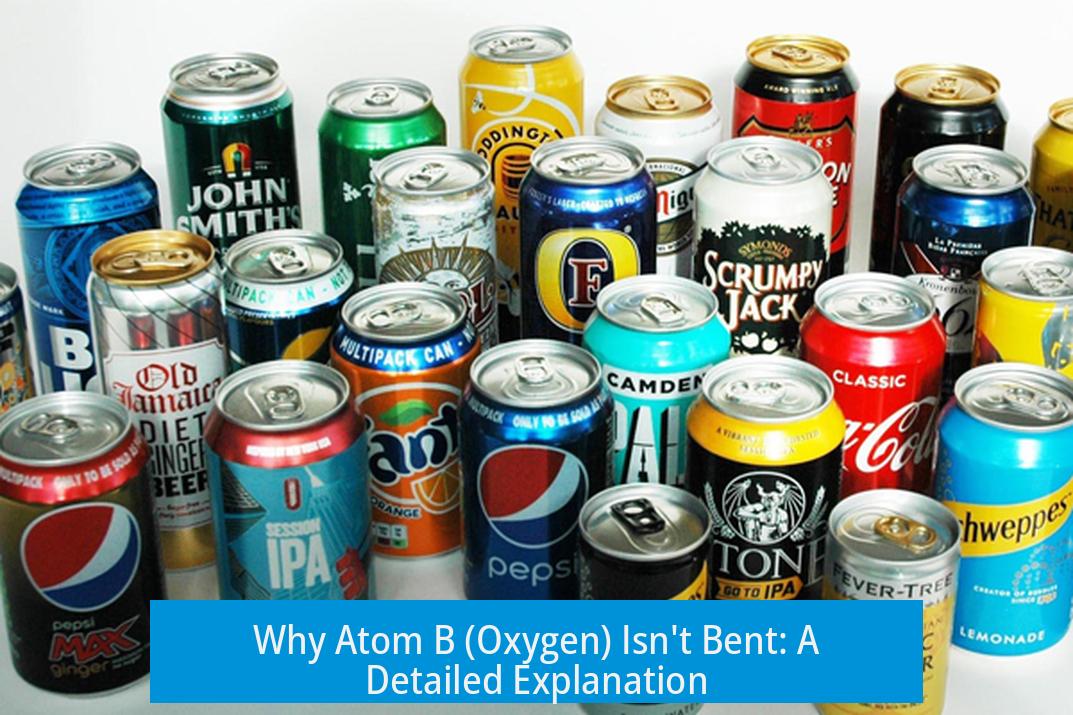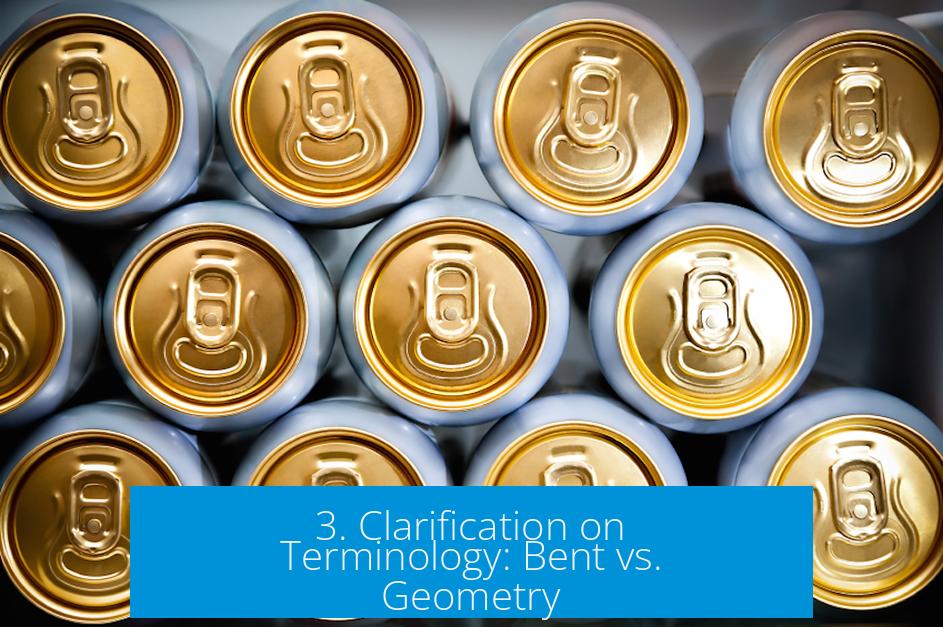Why Atom B (Oxygen) Isn’t Bent: A Detailed Explanation

Atom b (oxygen) isn’t truly bent because it adopts an sp2 hybridization state, leading to a trigonal planar geometry with an approximate 120° bond angle, rather than the tetrahedral 109.5° angle associated with bent structures. This is due to the conjugation of one lone pair with the aromatic system and supported by experimental evidence such as X-ray crystallography.
1. Understanding Oxygen’s Hybridization at Atom b
One common misunderstanding is believing oxygen at atom b has sp3 hybridization. sp3 hybridization results in a tetrahedral electronic geometry where oxygen appears bent due to two lone pairs and two bonded atoms. This would mean a bond angle near 109.5° and a clearly bent molecular shape.
However, in this case, oxygen is better described as sp2 hybridized. This occurs because one of the two lone pairs on oxygen is conjugated with the aromatic ring. Conjugation involves overlap of this lone pair’s orbital with the ring’s π system. This delocalizes the lone pair electrons, removing them from hybrid orbital consideration.
With one lone pair participating in conjugation, only one lone pair and two sigma bonds use sp2 orbitals. This creates a trigonal planar electron arrangement, not tetrahedral.
2. Geometry and Bond Angles Around Oxygen
The electronic geometry (involving all regions of electron density, including lone pairs) influences molecular shape. For oxygen with sp3 hybridization, the shape would be bent, as seen in water with 104.5° bond angles.
Here, sp2 hybridization leads to a trigonal planar geometry. The observed C-O-C bond angle is near 120°, consistent with this geometry. This angle has been confirmed by X-ray crystallography, which shows the oxygen atom lying almost in the plane of the aromatic ring. The slight deviation from perfect planarity is minor and may arise from protein binding interactions or thermal factors during data collection.
| Hybridization | Expected Electron Geometry | Approximate Bond Angle | Expected Shape |
|---|---|---|---|
| sp3 | Tetrahedral | ~109.5° | Bent (due to lone pairs) |
| sp2 | Trigonal planar | ~120° | Trigonal planar (lone pairs included in plane) |
This data supports that oxygen at atom b is not bent in the traditional sense of a tetrahedral geometry with lone pairs pushing bonded atoms closer together.
3. Clarification on Terminology: Bent vs. Geometry

The term “bent” is often used in introductory chemistry to describe molecules with lone pairs that distort ideal geometries. However, this term can be misleading when considering hybrid orbitals and electron delocalization.
In strict chemical terms, any molecule with lone pairs has an electronic geometry that includes lone pairs. The molecular shape refers to the atoms’ positions only, sometimes described by terms like bent, linear, trigonal planar, etc.
In this oxygen case, lone pair conjugation changes the electron density arrangement. Calling it bent ignores the important fact that one lone pair participates in resonance, controlling geometry differently than a free lone pair would.
4. Molecular Flexibility and Energy Considerations
Oxygen’s bonds can rotate around sigma bonds, which can alter observed bond angles and conformations. The lowest energy state corresponds to the observed trigonal planar configuration rather than a bent tetrahedral geometry.
Energy considerations favor planarity for optimal conjugation and electronic delocalization. This stabilizes the system and defines the oxygen’s hybridization and shape as sp2 trigonal planar instead of sp3 bent.
5. Practical Takeaways for Chemical Intuition
Understanding oxygen’s geometry at atom b requires balancing simple hybridization models with resonance effects. Chemistry intuition initially guides toward bent oxygen due to lone pairs; however, conjugation modifies hybridization and shape.
Experienced chemists learn to identify when lone pairs engage in conjugation, causing deviations from default geometries. X-ray and crystallographic evidence provide concrete data supporting trigonal planar geometry at this oxygen.
Key Points
- Oxygen atom b adopts sp2 hybridization, not sp3, due to one lone pair participating in conjugation with the aromatic ring.
- The C-O-C bond angle is ~120°, indicating trigonal planar rather than bent tetrahedral geometry.
- The term “bent” commonly used is insufficient to describe this system’s true electronic and molecular geometry.
- Crystallographic data confirm oxygen placement near the aromatic plane, with slight deviations due to environmental factors.
- Molecular flexibility and rotation occur but favor the planar, conjugated geometry as lowest energy.





Leave a Comment